HOW DARK IS DARK TOURISM?
Since nearly two decades ago, scholars tried to understand dark tourism through many perspectives such as exploring sites that is represent of inhuman acts and study the visitors’ perceptions and experience as part of heritage tourism products and/ or understood as the place, which have the uniqueness and historical value that associated with death, violence, suffering or disaster experiences. Therefore, there is dynamic conversation to recognise and define the dark tourism.
But, regardless the definition, one’s understanding of dark tourism products could be regarded as an attraction that mediating between the dead and the living. Contemporary, intellectual discuss dark tourism’s aspect and product, particularly experiences at dark sites. For example, a visitation to Museum Prasasti in Jakarta Indonesia is counting as consuming the dark tourism products (please follow these link for the sites information https://en.wikipedia.org/wiki/Taman_Prasasti_Museum)
However, how do you measure how dark do you get as you visit and consume dark tourism products?
Well, Lennon and Foley (2000) gave the table that can be useful for ones to confirm how dark their experience while consuming the products including the description of each. The table is displayed as below.
Table of Dark Tourism Product’s Description and Spectrum
| No | Dark Tourism Products | Description | Spectrum
(Darkest to Lightest) |
| 1 | Dark Fun Factories | Attractions and tours which predominately have an entertainment focus and commercial ethic, and which present real or fictional death and macabre events. Dark Fun Factories offer sanitized products in terms of representation and are perhaps perceived as less authentic. | Lightest |
| 2 | Dark Exhibitions | Exhibitions and sites which essentially blend the product design to reflect education and potential learning opportunities. Dark Exhibitions offer products which revolve around death, suffering or the macabre with an often commemorative, educational and reflective message. | Darker
|
| 3 | Dark Dungeons | Sites and attractions which present bygone penal and justice codes to the present-day consumer, and revolve around (former) prisons and courthouses. These product types essentially have a combination of entertainment and education as a main merchandise focus, possess a relatively high degree of commercialism and tourism infrastructure, and occupy sites which were originally non-purposeful for dark tourism. | Mixture of dark and light |
| 4 | Dark Resting Places | Focuses upon the cemetery or grave markers as potential products for dark tourism. Dark Resting Places offer romanticised, if not rather macabre, urban regeneration tool. Thus, it also offers serenity and the opportunity to both commemorate and pay respects to the deceased. In particular, tourism planners often use the cemetery as a mechanism to promote visitation to an area, conserve the structural integrity of landscape and architecture, and sustain the ecology of local environments. | Mixture of dark and light |
| 5 | Dark Shrines | Those sites which essentially ‘trade’ on the act of remembrance and respect for the recently deceased. Hence Dark Shrines are often constructed, formally or informally, very close to the site of death and within a very short time period of the death occurring. Dark Shrines often a semi-permanent and tangible focal point for the ‘bereaved’. Indeed, most Dark Shrines are non-purposeful for tourism and thus possess very little tourism infrastructure due to their temporal nature. | Darker |
| 6 | Dark Conflict Sites | Activities, sites or destinations associated with warfare are a major component of the wider tourist attraction market. It revolves around war and battlefields and their commodification as potential tourism products. Indeed, Dark Conflict Sites
essentially have an educational and commemorative focus, are history-centric and are originally no purposeful |
Lighter |
| 7 | Dark Camps of Genocide | Represents those sites and places which have genocide, atrocity and catastrophe as the main thanatological theme. Dark Camps of Genocide tell the terrible tales of human suffering and infliction and have a high degree of political ideology attached to them. Thus, Dark Camps of Genocide are those sites which mark a concentration of death and atrocity, and a concentration of death is no more apparent than that committed throughout the Holocaust. of death and atrocity, and a concentration of death is no more apparent than that committed throughout the Holocaust. | Darkest |
Scientifically, the table clarify a various perspective towards the dark tourism product’s understanding and the visitor’s degree of experience during the consumption of the product. The visitor could measure and forge between the reality and imagination from lightest to darkest spectrum. The lightest spectrum understood that you will feel or connect your feeling that associated with death and suffering with lower political and ideology. Whilst, the darkest range means you will be experiencing the real sites of death and suffering.
Let’s exercise with the dark tourism products of Museum Prasasti.
What kind of dark tourism products is Museum Prasasti?
By definition, Museum Prasasti categorised as Dark Resting Places. This means, Museum Prasasti is offering romanticised, if not rather macabre, urban regeneration tool. Thus, it also offers the visitor for serenity and the opportunity to both commemorate and pay respects to the deceased if they want to do it. This is true since Museum Prasasti is a cemetery, built by the Dutch colonial government in 1795 as a final resting place for noble Dutchmen.
How dark is Museum Prasasti?
According to the table the visitor will have a mixture of dark and light experiences. This means, depending of visitors itself, he/she will have both of feeling towards lower connection on a sad emotion through suffering of death. This corrects since Museum Prasasti doesn’t look like a haunted or scary place where most of cemetery are look like. In fact, the gate keeper of Museum Prasasti said that some of visitors are going to Museum Prasasti to find the artful architecture and enjoying the unordinary landscape.
Please check out these pictures below as the result of the google search images on Museum Prasasti.
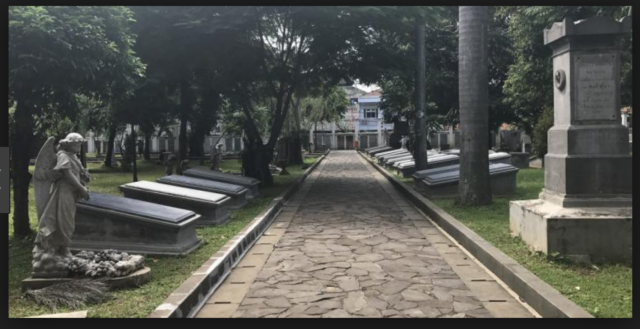
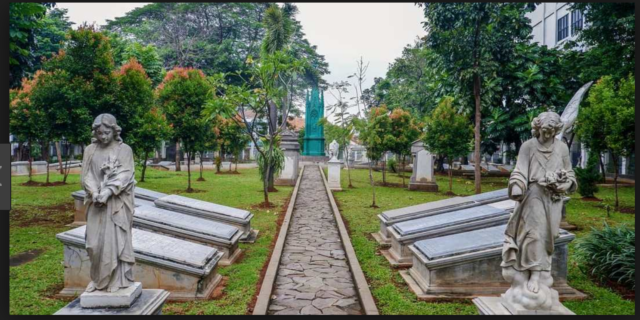
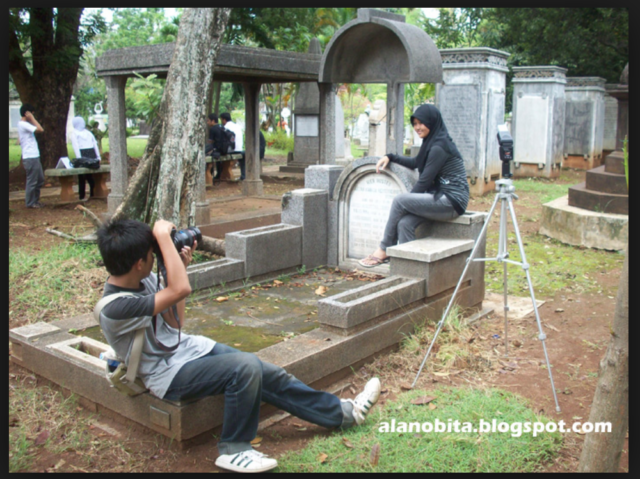
The interesting part, ironically as well as fascinating, visitors are even choosing the Museum Prasasti sites as the background for their pre-wedding event as appeared in these pictures as follow.
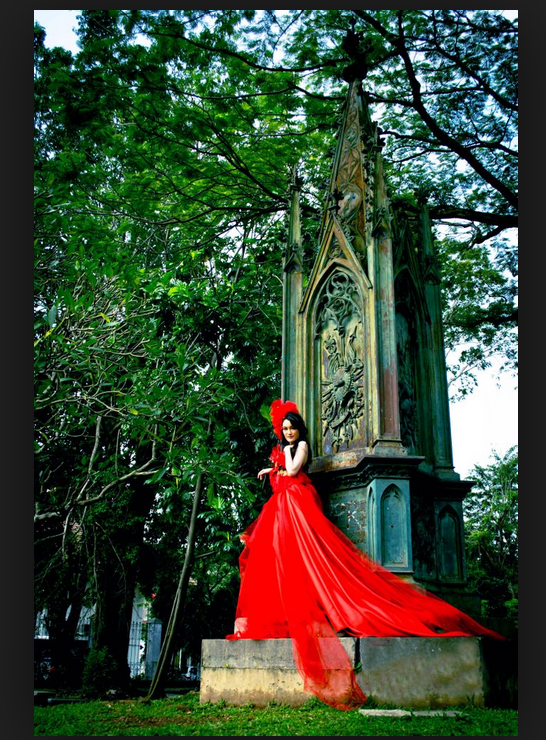
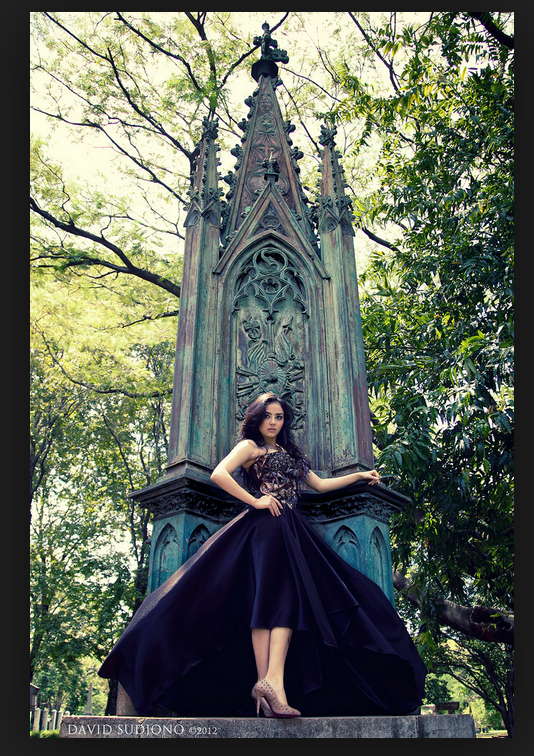
Apart that Museum Prasasti is the dark tourism products that associated with the loss and suffering. Well, I guess, Museum Prasasti is more celebrating the life instead to connect with the death or pay respects to the deceased.
It proves that the Museum Prasasti is not so dark. What do you say?
Bibliography
Lennon, J. J., & Foley, M. (2000). Dark tourism: Cengage Learning EMEA.

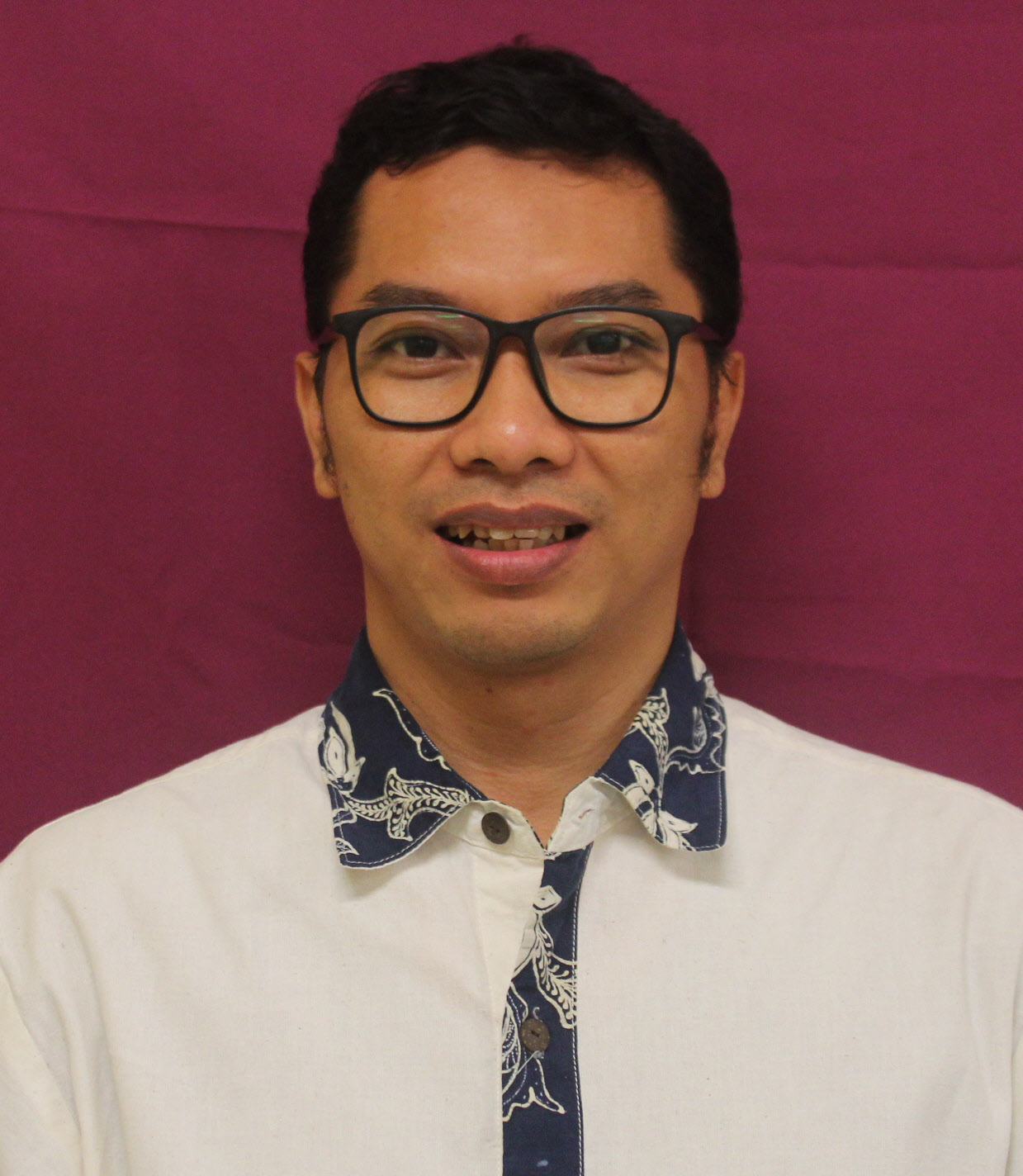
Comments :